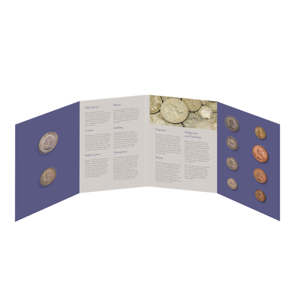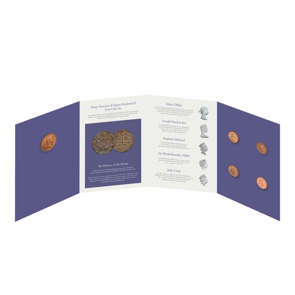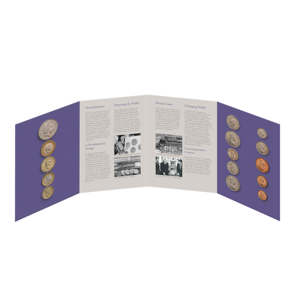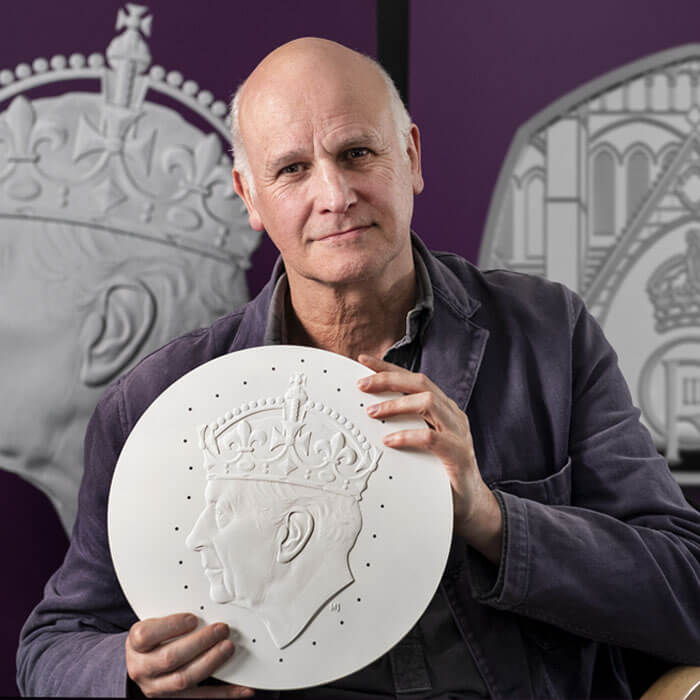The year 2023 marks a significant moment for UK coinage, as we introduce the first definitive coins of His Majesty King Charles III’s reign.
Miniature forms of art, coin designs often tell stories of the nation they represent, with reverse designs frequently symbolising cultural values and those that appear on the obverse paying tribute to the reigning monarch. Here, we explore pivotal occasions during the reign of Queen Elizabeth II in which UK coinage underwent significant change, both physically and aesthetically.
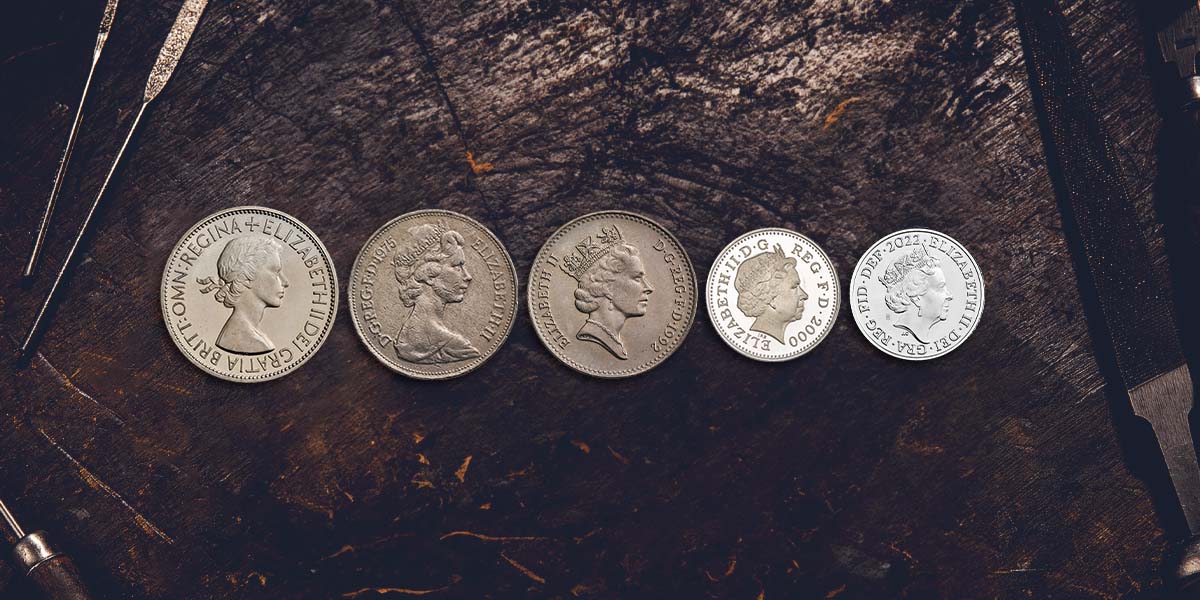
The Definitive Coins of Her Late Majesty
Queen Elizabeth II’s Reign
Reigning for more than seven decades, Queen Elizabeth II left an indelible mark on the United Kingdom’s coinage. Five definitive coinage portraits of the monarch graced the obverse of circulating coins since the first coins of her reign were released in 1953. Over the past 70 years, the UK’s definitive coins have experienced an equally fascinating journey.
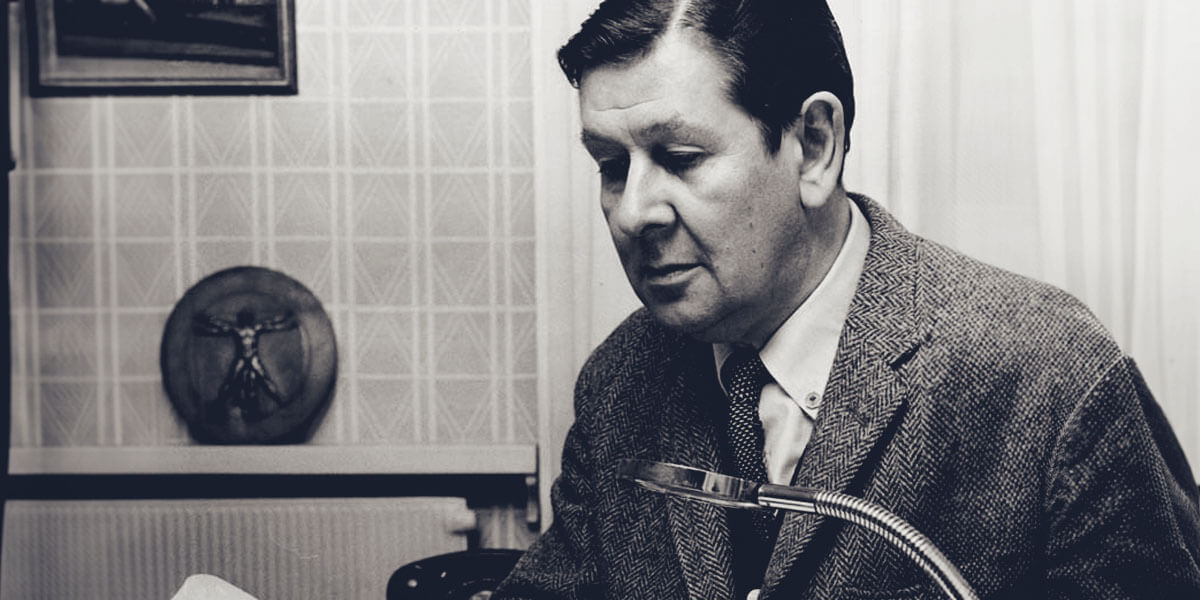
Designs for Decimal Coinage
Queen Elizabeth II’s reign bore witness to a historic moment in numismatic history when the UK’s currency officially became decimal in 1971. The decimal coins required new designs and the process for creating them began long before the switch to a decimal currency became public. Several artists received an invitation to submit designs as part of a competition, one of whom was Christopher Ironside. An accomplished designer, Ironside’s designs were chosen for the new decimal coins, but the process of finalising them took several years. Remarkably, Ironside’s work remained on the reverse of the definitive coins for 40 years.
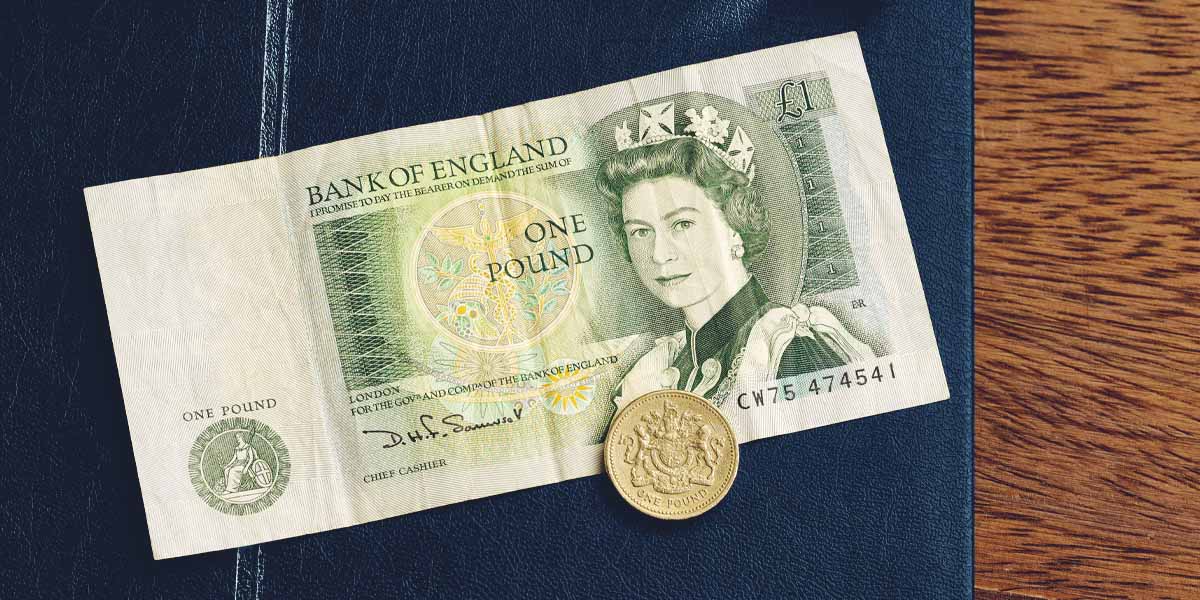
Changes to New and Existing Coins
The UK’s coinage is kept under constant review and, although Ironside’s reverse designs remained consistent for four decades, there were significant changes in reducing the size of existing coins and adding in a new one. By 1980, it had become apparent that the £1 was perhaps best suited to a coin rather than a banknote following the general decline in purchasing power. A coin can last for 40 years or more, whereas the £1 note tended to last only nine months on average due to its constant use. The government consulted with various groups, including retailers and special interest groups, and announced on 31 July 1981 that a new £1 coin would be issued on 21 April 1983.
To distinguish the £1 coin from the other coins in circulation, it was thicker and imbued with a ‘yellow’ hue to allow it stand to stand out from the cupro-nickel ‘silver’ coins already in circulation. The weight of the coin was largely decided based on cost and the need to allow for higher denomination coins in due course.
Following another review of the British coinage, smaller editions of the 5p and 10p coins were introduced to circulation in 1990 and 1992 respectively, making the 50p the largest circulating coin at the time. In October 1994, the government reviewed the coinage once more and found a requirement for a smaller 50p coin, which was introduced on 1 September 1997.
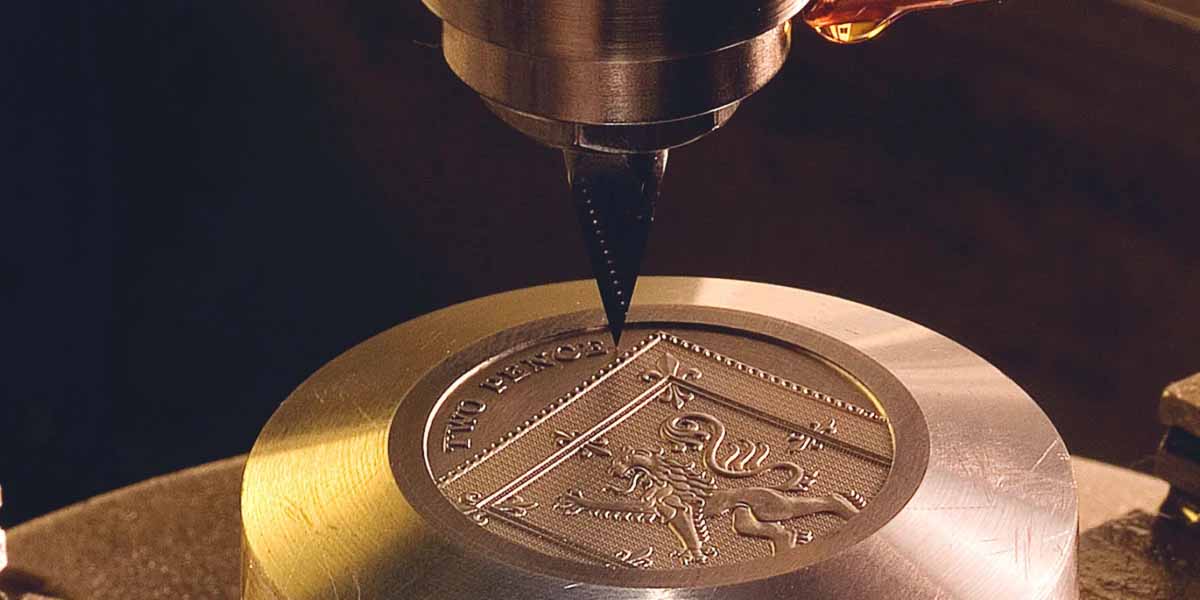
The Modern Definitive Designs
During long reigns, such as those of George III or Queen Victoria, changes to the coinage happened for various reasons but, more often than not, the desire was simply to renew or refresh the appearance of the coinage. The same thinking led to the replacement of Ironside’s designs, which began through a public competition in 2005 announced with the following words: ‘The Royal Mint invites members of the public to make their mark on history’. Alongside the invitation to the public, 18 professional artists and designers experienced in coin design, seven members of The Royal Mint’s team of engravers, three heraldic artists, and overseas designers, who had designed the coinages of Hungary, Iceland and the Czech Republic, also received individual invitations to participate in the competition.
By the time it closed on 14 November 2005, the competition had received an overwhelming response, with more than 4,000 designs submitted by 526 people. The Royal Mint Advisory Committee (RMAC) began the mammoth task of sifting through the designs and, eventually, whittled the thousands of designs to a selection of 18 by July 2006. When scrutinising the shortlisted designs, the Committee considered how they might symbolise the UK on the coinage in the early twenty-first century; they also posited whether the coins should sit together as a family or feature standalone designs. The themes became a subject of debate – should they be modern or traditional, illustrative or heraldic? By the end of the month, two series of designs, presented in very different styles, emerged as the favourites.
The anonymity of the competition and selection process meant the final shortlisted designs belonged to two designers, with the Committee ultimately preferring the approach that spread the Shield of the Royal Arms over seven of the definitive coins – the 1p, 2p, 5p, 10p, 20p, 50p and £1 coin – the latter of which would serve as the lynchpin of the presentation. Since the relationship between heraldry and coinage in Britain has existed for centuries, the Committee felt this approach offered a modern twist on the heraldic tradition, whilst symbolising national unity. The winning designer turned out to be Matt Dent, a young graphic designer who had trained at Coleg Menai in North Wales and later at the University of Brighton.
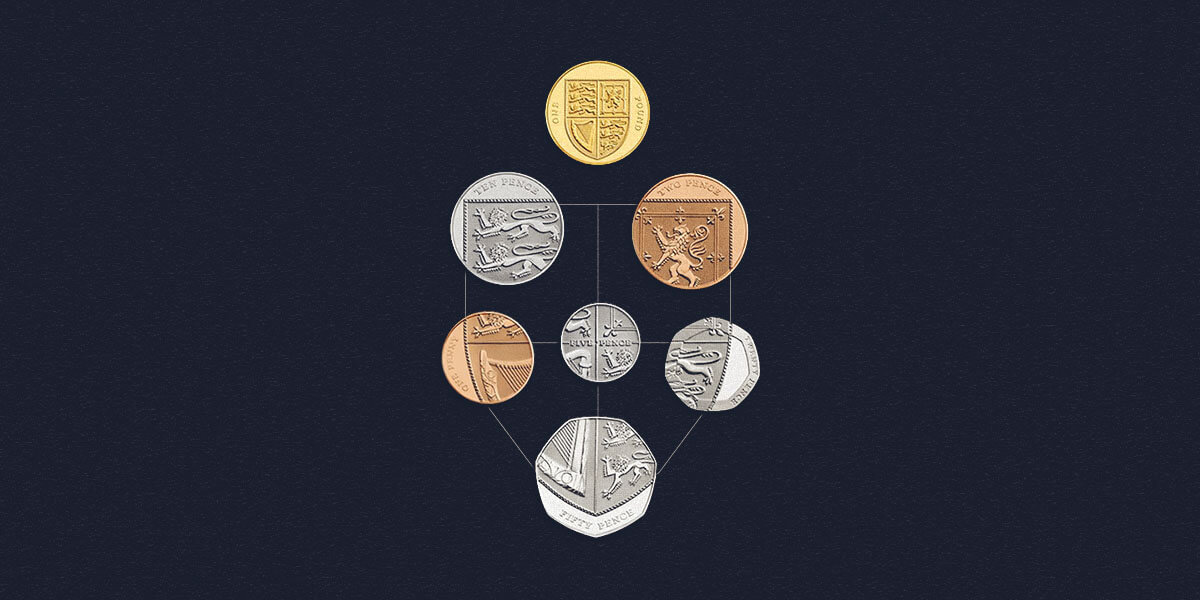
“… a united design – united in terms of theme, execution and coverage over the surface of the coins … how to share four nations over six coins? Then I decided to look at heraldry. Perhaps the six coins could make up a shield by arranging the coins both horizontally and vertically. This piecing together of the elements of the Royal Arms to form one design had a satisfying symbolism – that of unity, four countries of Britain under a single monarch.”
Matt Dent’s rationale behind his designs
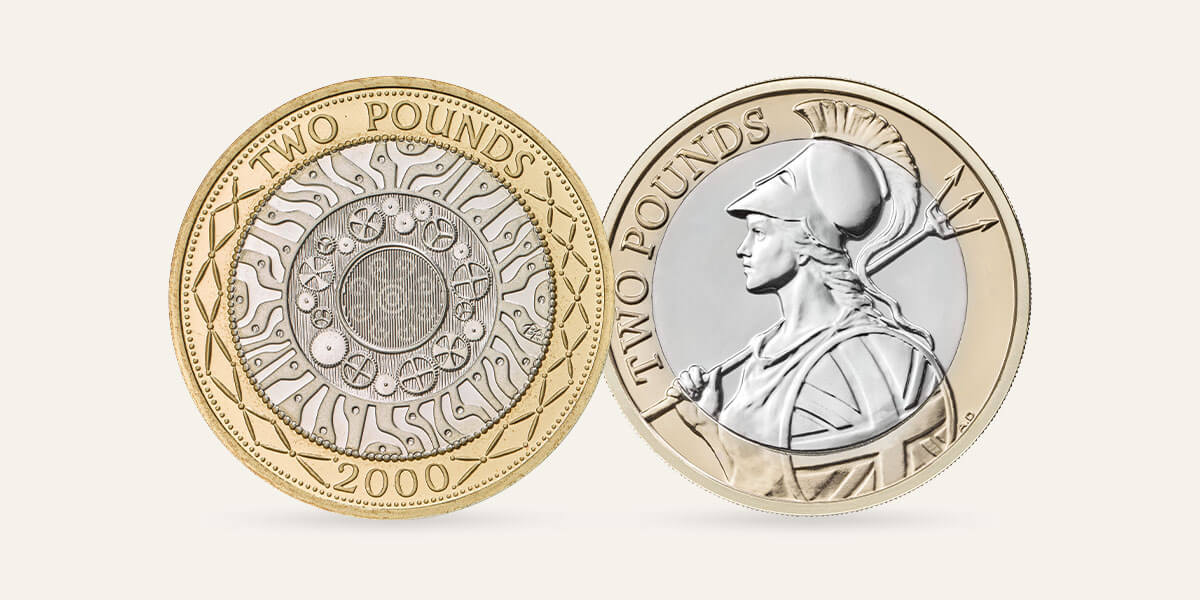
A Change for the £2 Coin
First struck in 1997, the bimetallic £2 coin featured a design by Norfolk art teacher Bruce Rushin, which graced the reverse of the coin until 2015. It told the story of technological development through a series of concentric circles, depicting the journey from the Iron Age to the Industrial Revolution, and from the computer age to the dawn of the internet. Taken from a letter written in 1676 by Sir Isaac Newton to his fellow scientist Robert Hooke, the edge of the coin features the phrase ‘STANDING ON THE SHOULDERS OF GIANTS’.
In 2015, Antony Dufort’s interpretation of Britannia replaced Bruce Rushin’s technology design. Timeless and elegant, Britannia was created by the Romans as the female personification of Britain, symbolising the spirit of a nation. First appearing on the coins of the Roman Emperor Hadrian, Britannia has become a frequent symbol on the nation’s coinage since 1672.
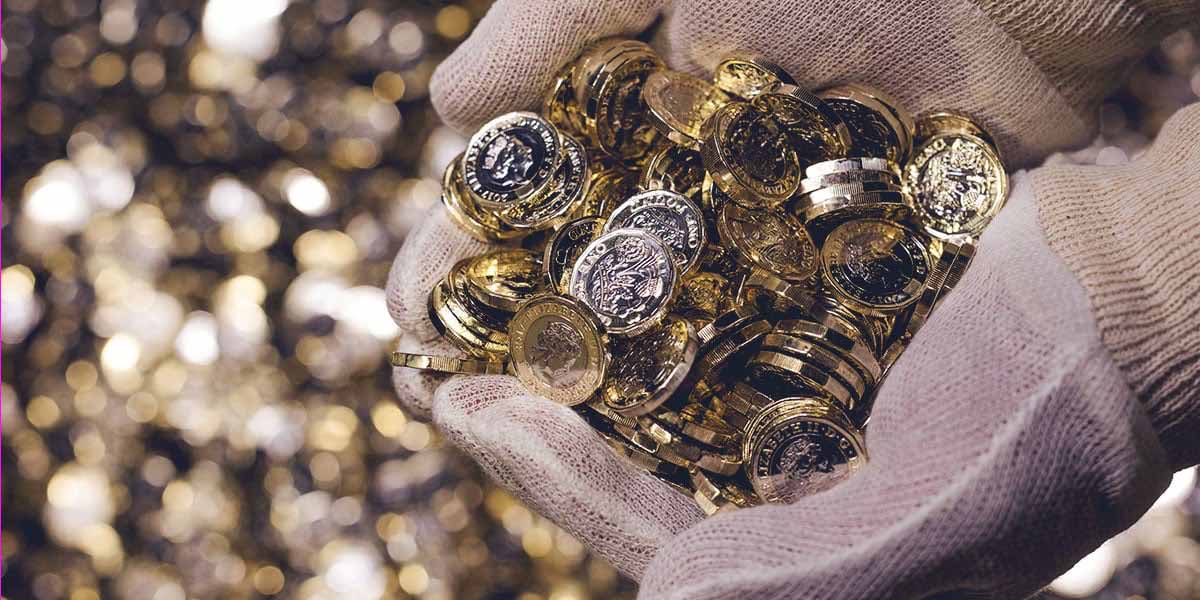
The 12-Sided £1 Coin
In 2017, a 12-sided £1 coin replaced the familiar round £1 coin that featured as part of Matt Dent’s shield design. Struck with a brand-new reverse design, the 12-sided £1 coin features a range of security features to protect against counterfeiting. Similar to the competition launched in 2005, The Royal Mint offered members of the public an opportunity to design the new coin. Out of more than 6,000 entries, the chosen design belonged to David Pearce, a 15-year-old from Walsall. Uniting the emblems in a fresh and modern interpretation, his design focuses on
floral symbols of the four nations of the UK.
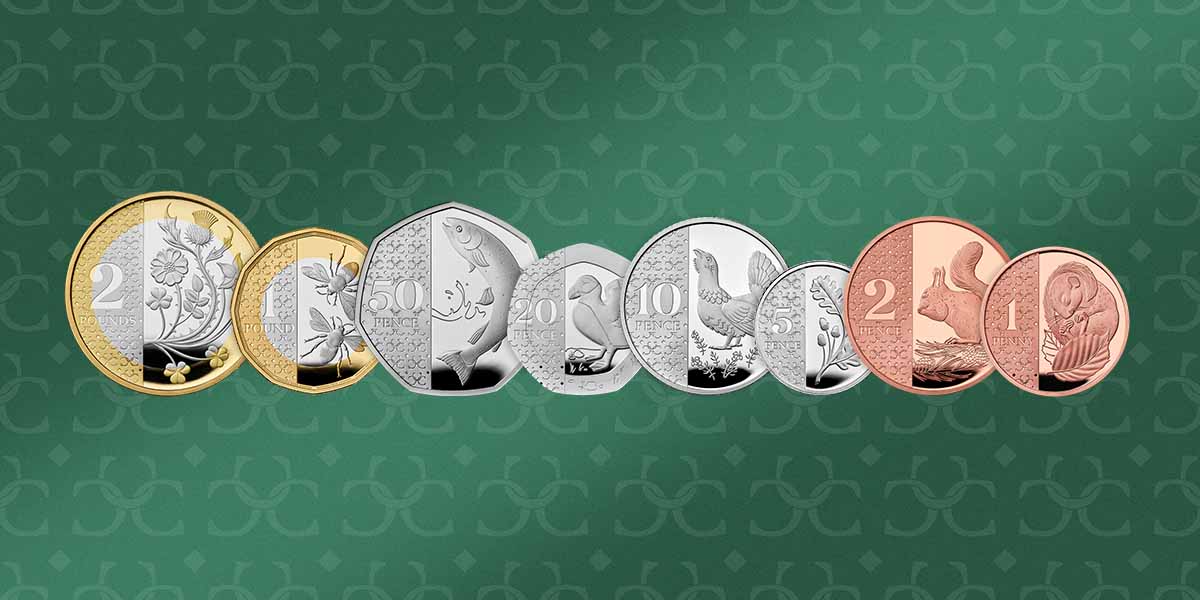
Representing a New Reign on Coins
The new King Charles III definitive UK coins feature brand-new reverse designs across the 1p, 2p, 5p, 10p, 20p, 50p, £1 and £2 coins. Representative of the UK’s four nations, they also acknowledge conservation and the natural world, causes close to His Majesty’s heart. A pattern formed from three interlocking Cs appears on the reverse of each coin in a design feature that links all the way back to the reign of Charles II, as coins from this earlier Carolean era display a C motif based on the monarch’s cypher. The official coinage portrait of King Charles III, designed by British sculptor Martin Jennings, adorns the obverse of each of these new definitive coins.
We Recommend

1971 Britain’s First Decimal Coin Set in Blue Wallet
A great nostalgic gift
Price: £10.00
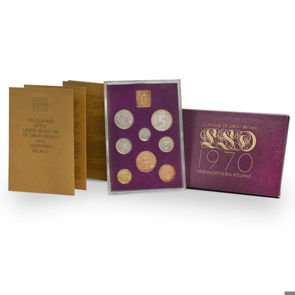
1970 Pre Decimal UK Proof Set
One of the first modern Proof sets to be produced by The Royal Mint
Price: £60.00

The Modern Monarchs Starter Set
Includes King Charles III Coronation Medal
Price: £95.00
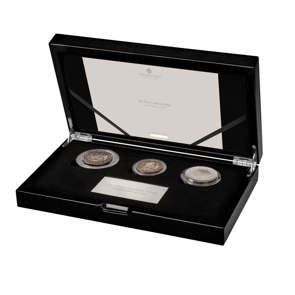
The Three Carolean Kings Silver Three-Coin Set
Limited Edition 100
Price: £1,250.00
BE INSPIRED
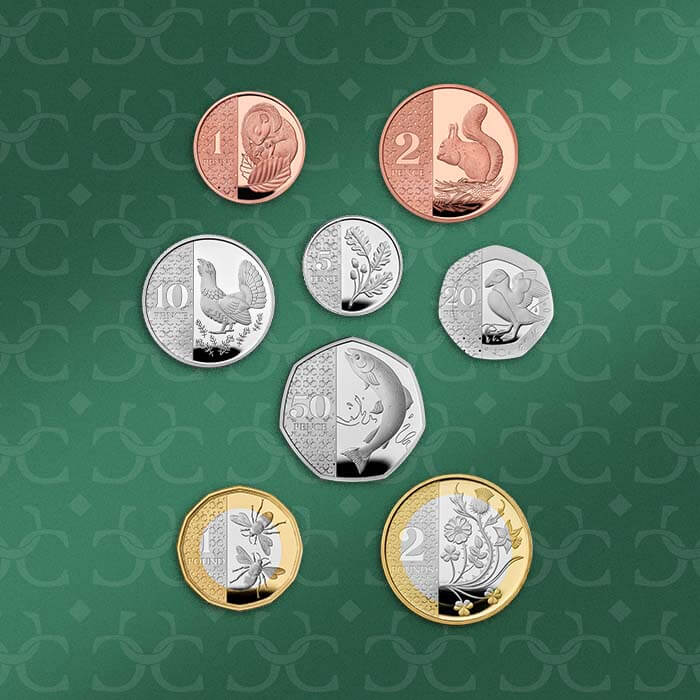
By Royal Approval: The United Kingdom’s New Definitive Coins
Read More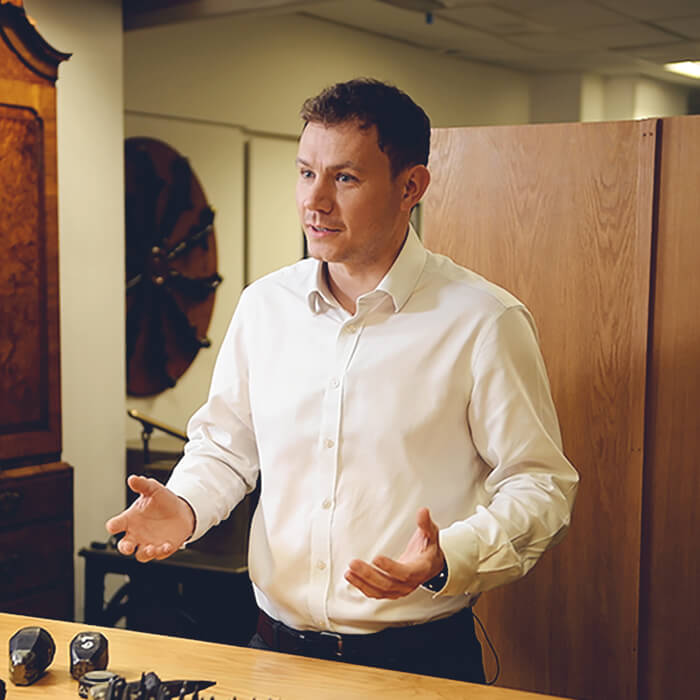
A Journey Towards Nature: Embracing Flora and Fauna on British Coinage
Read More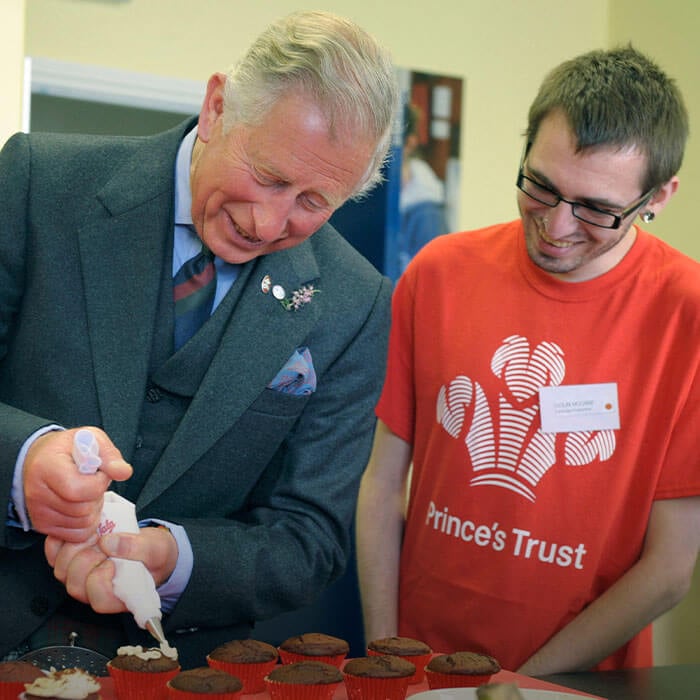
THE WORK AND INTERESTS OF HIS MAJESTY KING CHARLES III
Discover More
